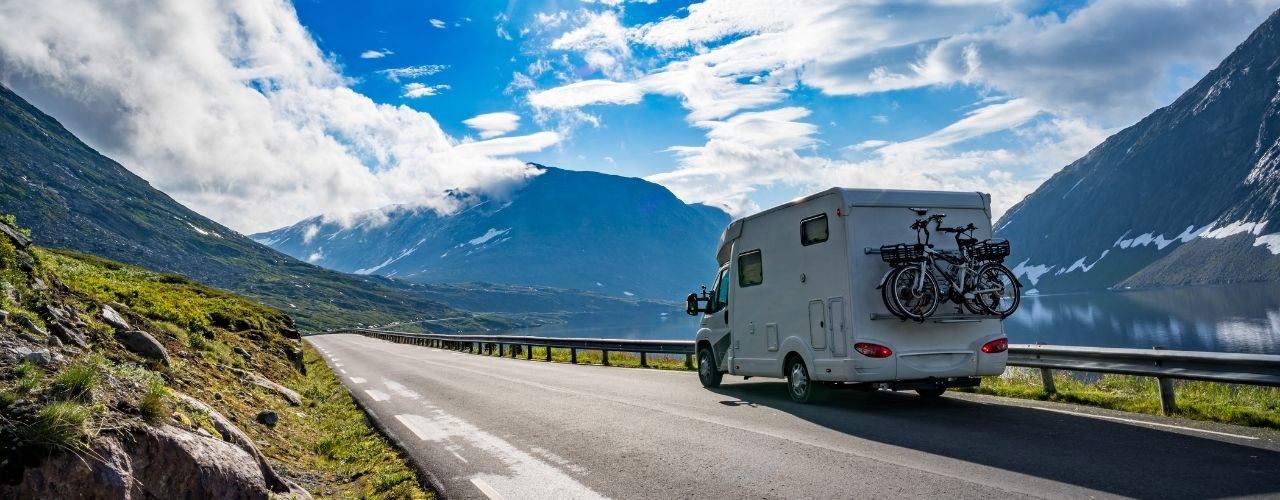RV trips are the highlight of the summer. There’s no better way to experience the open road, the thrilling wilderness, and the comforts of home all at once. However, RVs take a lot of work, especially when you first pull them out of storage for the season. It’s important to make a preparation checklist to ensure your RV is safe to travel in this summer. Before you pack your bags or mark the perfect destination on your road map, make sure you check off these things to do before you go RVing this summer.
Do a Walk-Around
The first thing to do once you take your RV out of storage is to walk around the vehicle and look for visible damage or problems. Pay close attention to your RV’s siding—especially around the seams and windows. Look for cracks and other issues that can cause trouble down the road. Check out the top of your RV as well, as cracks in the roof will lead to miserable leaks and water damage later in your travels. You should also inspect your tires. Double-check the pressure, and keep an eye out for tread wear. It’s always better to replace your tires before a trip than to deal with problems during your travels.
Check Your Water System
Traveling with a built-in bathroom and kitchen is one of the best parts of RV life. To make sure these amenities keep working for you on your trip, you must inspect your water system before you hit the road. Checking your water system for leaks and other issues is one of the most crucial things to do before you go RVing this summer. Start by flushing your water system to get rid of any traces of antifreeze from the winter. Once your system is clean, test all your pipes, tanks, and valves for leaks. Pay close attention to your dump tanks and gate valves. Learning how to replace a gate valve isn’t hard, but it’s important to make this and any other repair before you’re camping in the middle of nowhere with only your water system to rely on.
Pack Tools and Safety Gear
You’ll have a lot to pack for a successful RV trip. Before you start thinking about clothes and meal prep, stock your RV with all the necessary tools and safety gear. Make sure you have all emergency contact information—including insurance numbers—on hand. Keep a full first aid kit within easy reach. Now is also a good time to check your tool kit to ensure you have everything you’ll need to perform basic repairs on the road. While you’re at it, stock up on flashlights, emergency radios, and spare batteries. While you might go all season without needing any of these tools, you’ll never regret having them on hand when problems do arise.





